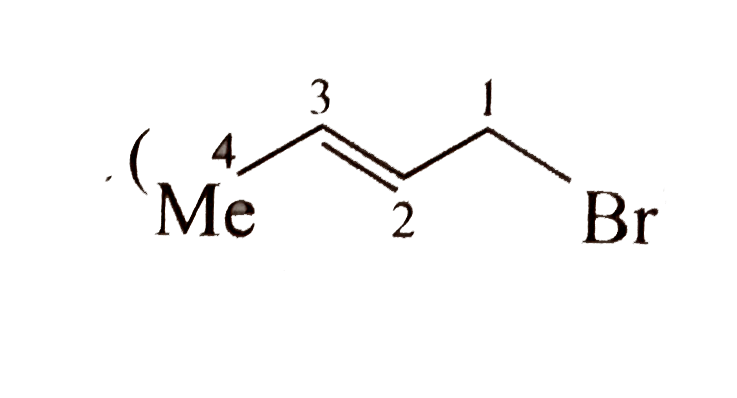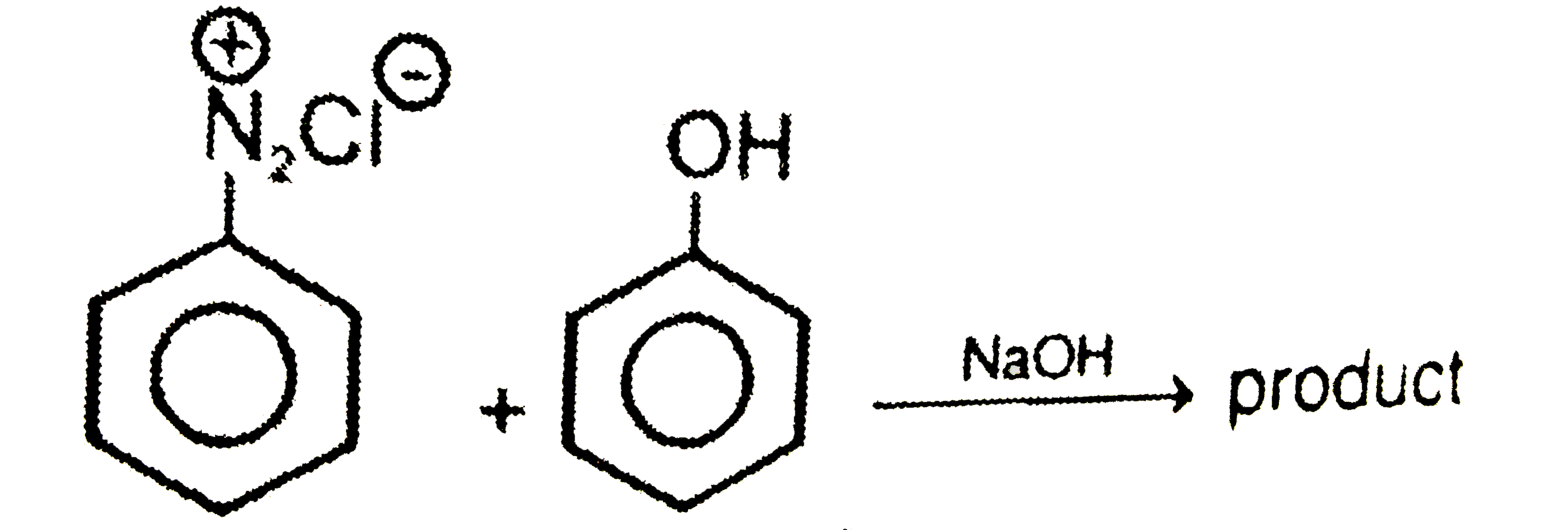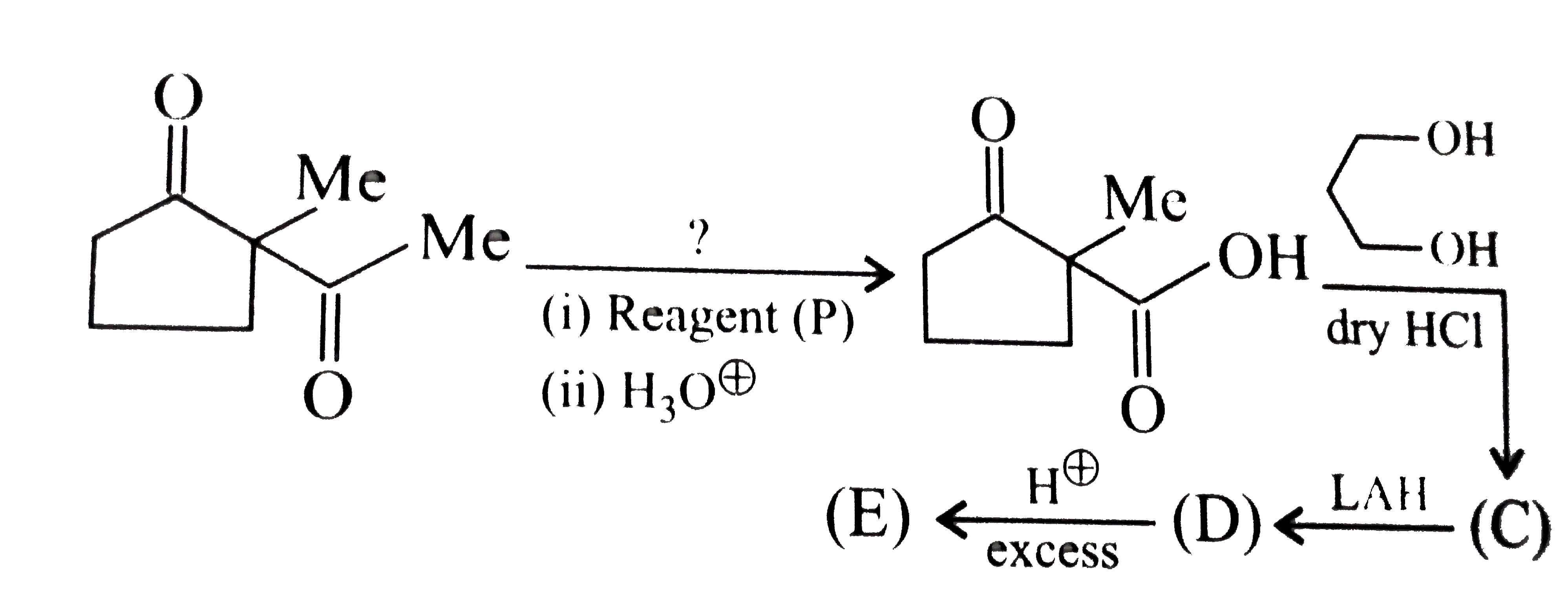Which of the following statements are correct about the bisulphite addition product of a carbonyl compound ?
The nucleophile is HSOΘ3.
The nucleophile is SO2−3.
The (C−S) bond is formed rather than (C−O) bond because O is more nucleophilic than S.
The bisulphite adduct can be regenerated to carbonyl compound by both acid base.
The correct Answer is:B, D
Step by step video, text & image solution for Which of the following statements are correct about the bisulphite addition product of a carbonyl compound ? by Chemistry experts to help you in doubts & scoring excellent marks in Class 12 exams.
Topper's Solved these Questions
- BOOK - CENGAGE CHEMISTRYCHAPTER - ALIPHATIC AND AROMATIC ALDEHYDES AND KETONESEXERCISE - Exercises Single Correct72videos
ALIPHATIC AND AROMATIC ALDEHYDES AND KETONES
- BOOK - CENGAGE CHEMISTRYCHAPTER - ALIPHATIC AND AROMATIC ALDEHYDES AND KETONESEXERCISE - Exercises Assertion-Reasoning10videos
ALIPHATIC AND AROMATIC ALDEHYDES AND KETONES
- BOOK - CENGAGE CHEMISTRYCHAPTER - ALIPHATIC AND AROMATIC ALDEHYDES AND KETONESEXERCISE - Exercises Linked Comprehension59videos
ALIPHATIC AND AROMATIC ALDEHYDES AND KETONES
- BOOK - CENGAGE CHEMISTRYCHAPTER - ALCOHOL,PHENOL AND ETHERSEXERCISE - Archives Analytical And Descriptive15videos
ALCOHOL,PHENOL AND ETHERS
- BOOK - CENGAGE CHEMISTRYCHAPTER - AMINESEXERCISE - QUESTION BANK1videos
AMINES
Similar Questions
Knowledge Check
- Question 1 - Select One or More
Which of the following statements are true about the addition polymerization?
AAddition polymerization occurs between molecules containing double or triple bond.BIt takes place in the presence of organic peroxides.CIt proceeds via ionic mechanism in the presence of organic peroxides.DPolythene and polystyrene are addition polymers. - Question 2 - Select One or More
Which of the following statements are correct about the addition of HBr to buta-1,3-diene ?
A1,2-Addition product , 3-bromobut-1-ene) is the major product at lower temperature (−80∘C) and is a kinetic control or rate-controlled product.B1,4-Addition product
, 3-bromobut-1-ene) is the major product at lower temperature (−80∘C) and is a kinetic control or rate-controlled product.B1,4-Addition product , 1-bromobut-2-ene) is the major product at high temperature (40∘C) and is a thermodynamic or equilibrium-controlled product.CIn a non-polar solvent (e.g., hexane), 1,2-addition product is predominantly favoured.DIn a polar solvent (e.g., acetic acid) 1,4-addition product is predominatly favoured.
, 1-bromobut-2-ene) is the major product at high temperature (40∘C) and is a thermodynamic or equilibrium-controlled product.CIn a non-polar solvent (e.g., hexane), 1,2-addition product is predominantly favoured.DIn a polar solvent (e.g., acetic acid) 1,4-addition product is predominatly favoured. - Question 3 - Select One
Which of the following statement is incorrect about the reaction of ammonia derivatives with carbonyl compounds?
ApH of solution is maintained between 4 to 5BAddition of ammonia derivatives occurs followed by elimination of H2OCAt very low (less than 3) ammonia derivatives are protonated and do not act as necleophileDAt very high pH, reaction becomes explosive

Which of the following statement is CORRECT about product ?View SolutionWhich of the following statement is not true about carbonyl group :
View Solution
Which of the statement is/are correct about compound (C )?View SolutionWhich of the following statements about a compound is correct?
View SolutionWhich of the following statement is correct regarding metal carbonyl ?
View Solution
